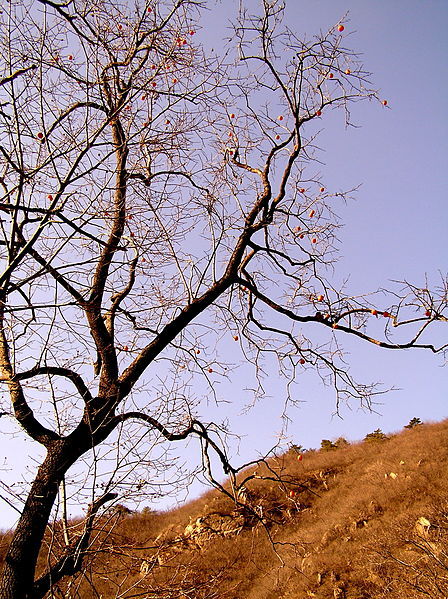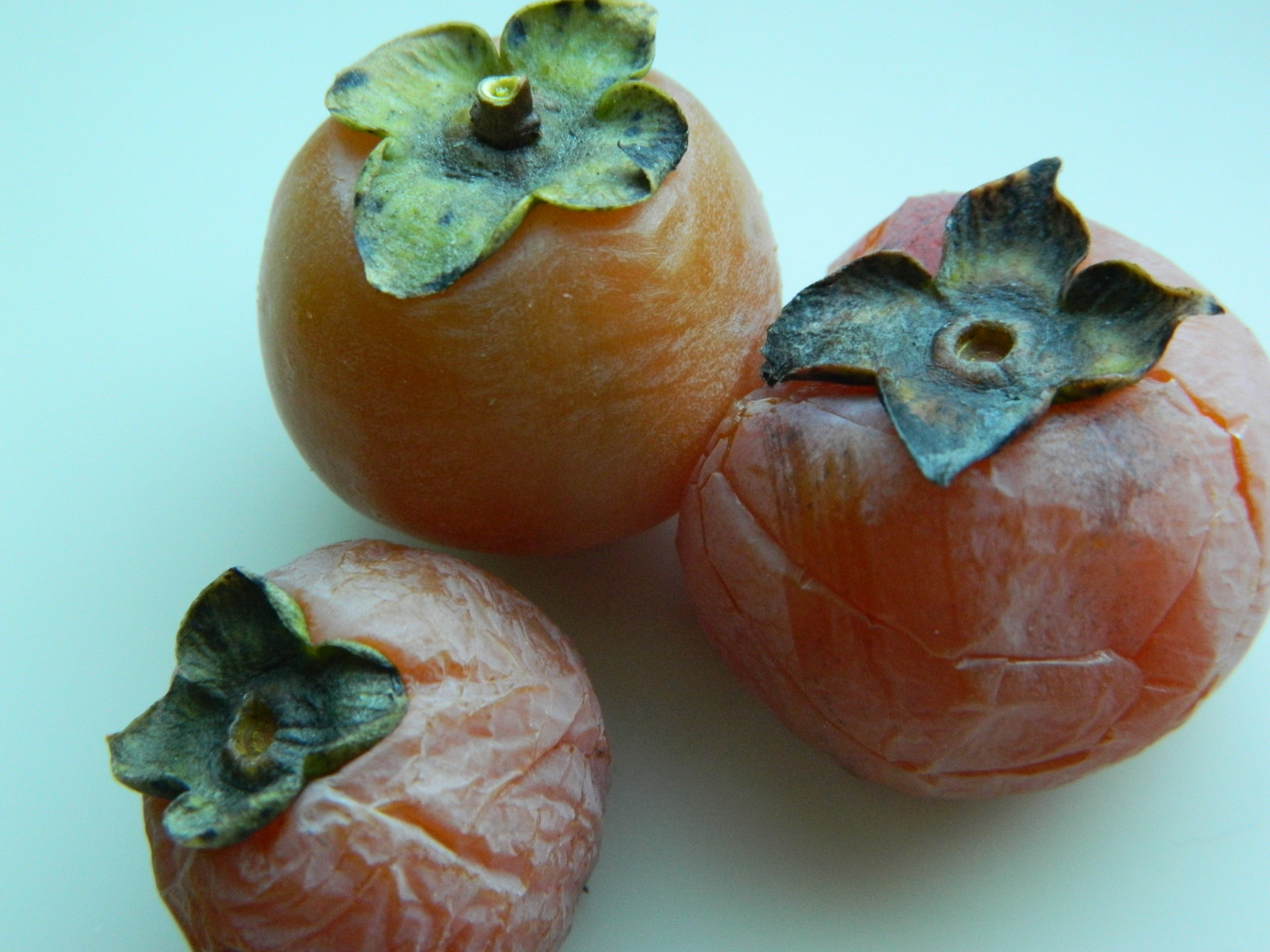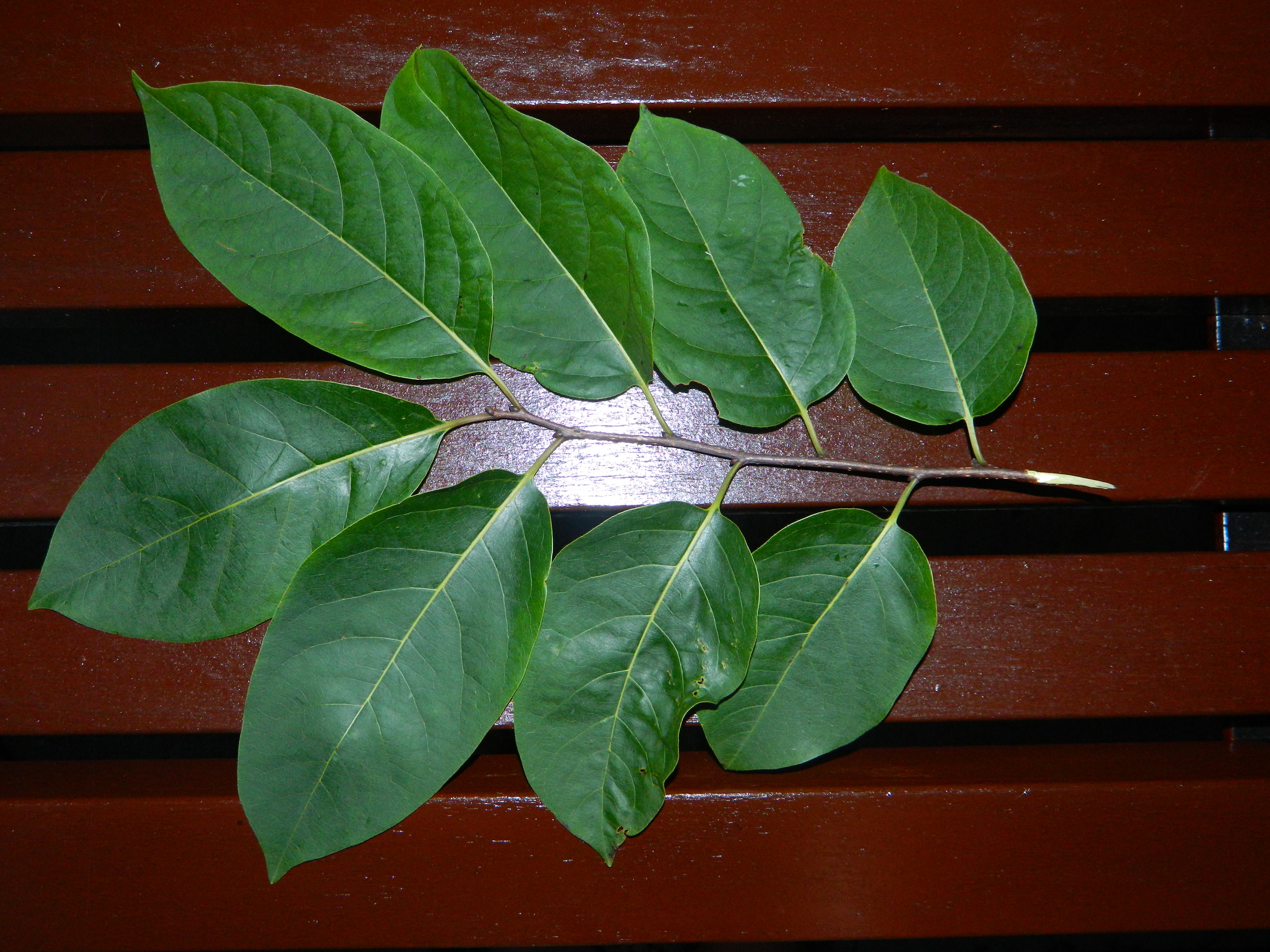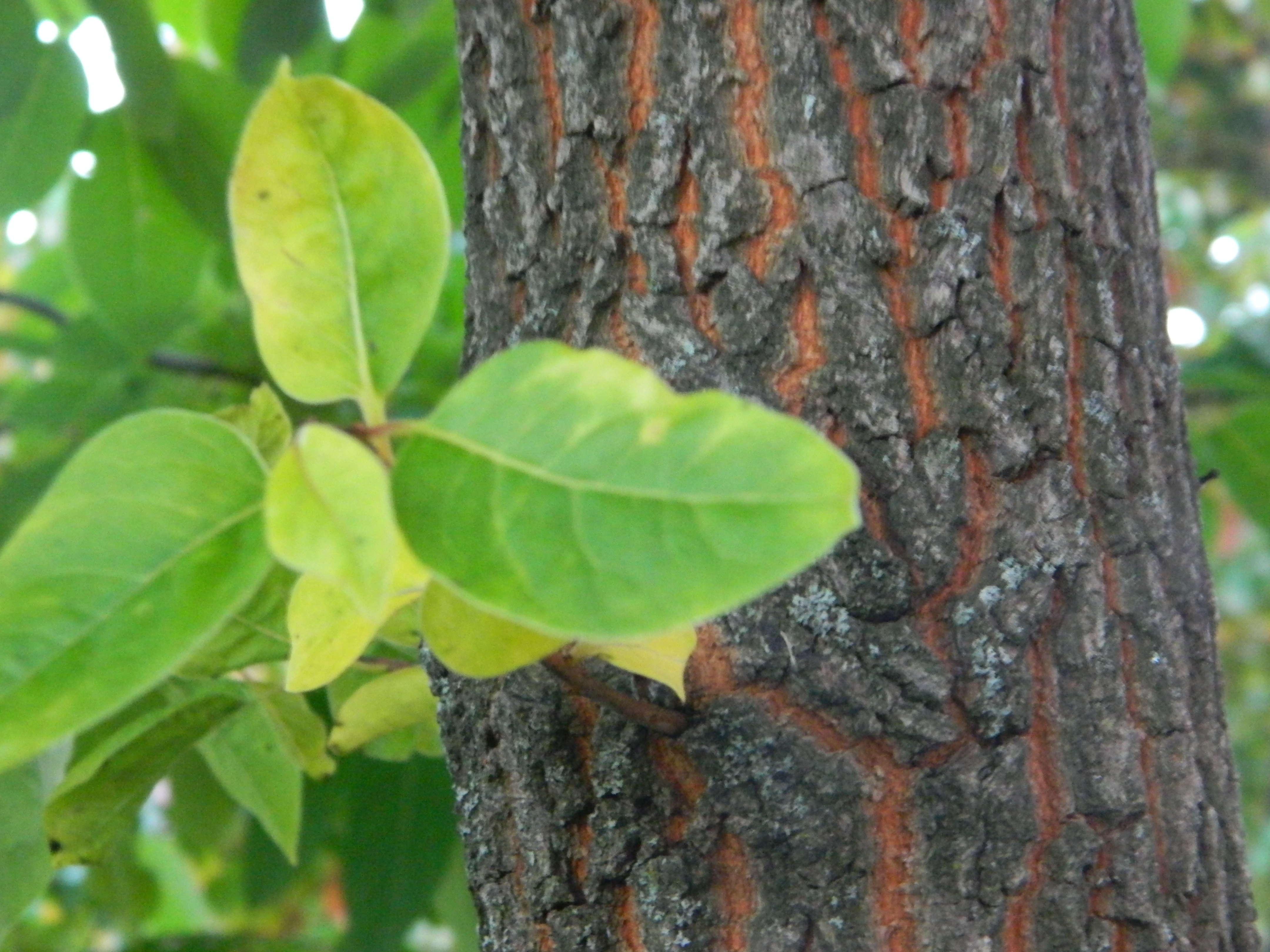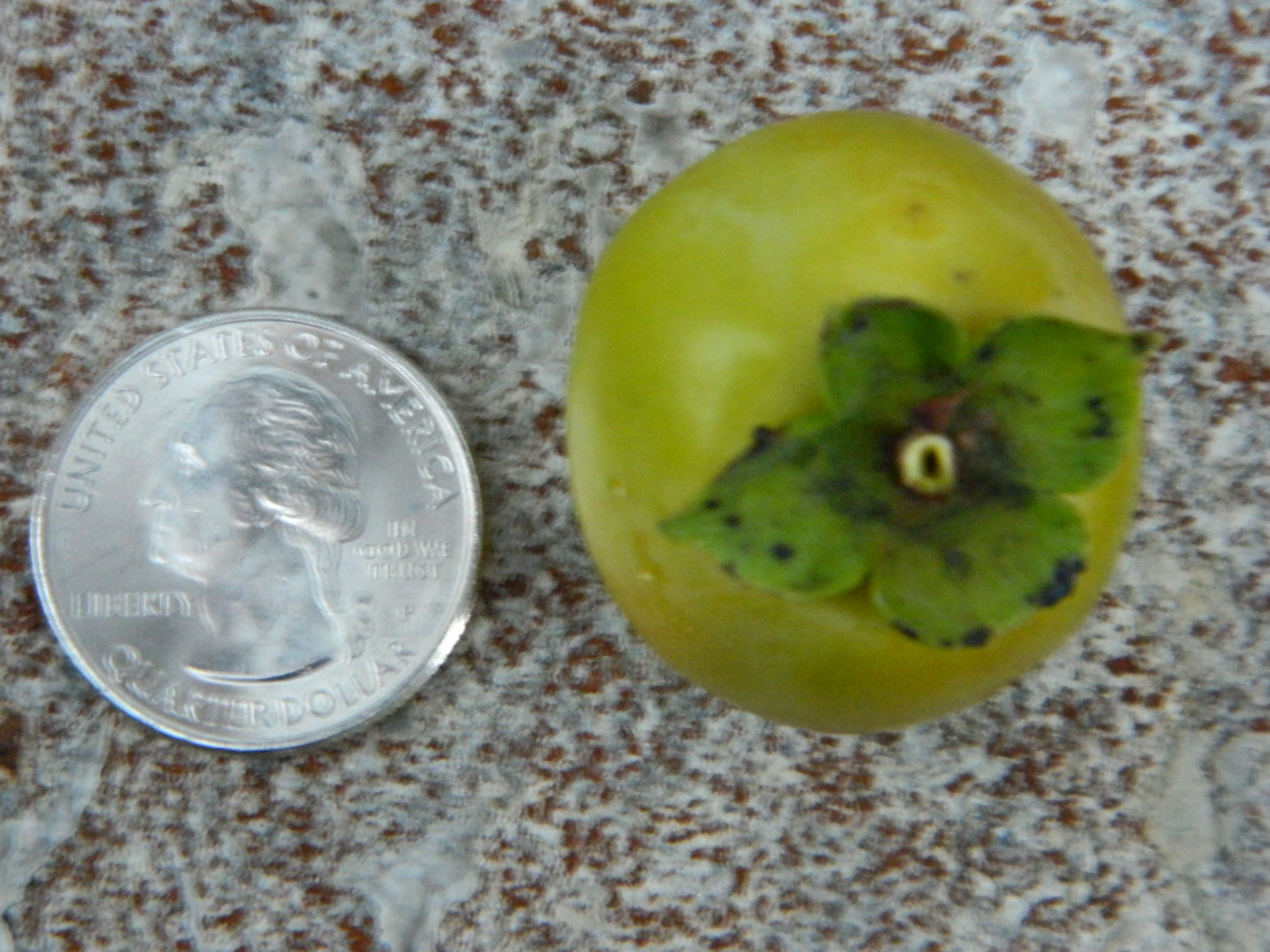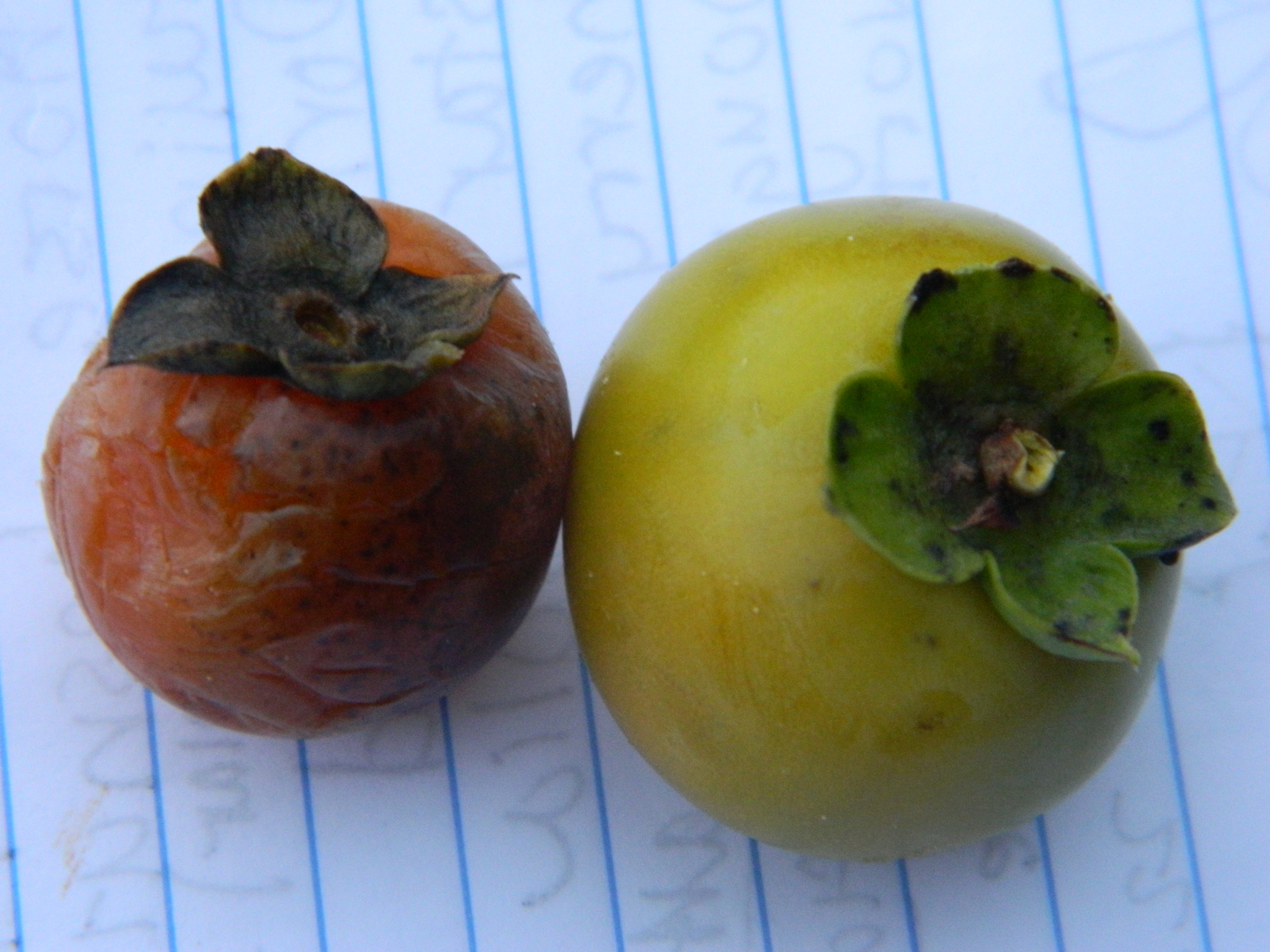American Persimmon : Locating and Identifying the American Persimmon
The American Persimmon (D. virginiana) is a member of the family Ebenaceae, home to 768 species of flowering trees and shrubs all characterized by the bitter tannins found in the plants’ unripe fruits. While this profile focuses mainly on the American Persimmon, native to Kentucky, there are several other varieties of Persimmon, including the Asian persimmon (D. kaki) , native to central China.
The American Persimmon is a moderately-sized and slow-growing deciduous tree that produces small 1-2” round fruits called persimmons. Mature trees tend to reach a height between 40 and 60 feet, and the trees are dioecious, meaning that there are male and female trees which each produce flowers. The flowers bloom from May to June, with male trees forming white-green clusters, and the female trees forming solitary flowers. Fruits appear on female trees in autumn as hard, yellow masses about the size of cherry tomatoes. The fruits ripen as the temperature drops, and are considered fully ripe when they fall off the tree as soft red-orange balls.
While the native range of the American persimmon is located to the southeast section of the United States, due to the wonders of plant breeding, the American persimmon now ranges in location from Texas to Vermont, dotting the entire Eastern United States. The Asian Persimmon and Texas Persimmon tend to grow in the warmer climates in the western United States. While the American Persimmon grows best in moderate to temperate conditions, the tree is extremely hardy, resistant to drought and fire. Below is a guide to locating the trees on campus and identifying them:
There are three Persimmon trees located on the UVM campus. The male and two female trees are located on the Southeast side of Jeffords hall in gardens hugging the building. They are the tallest trees within that section of the garden.
- Persimmon trees exhibit an oval, irregular crown, with most branches in the upper half of the tree. Trees tend to be 25-60 feet at maturity, with zigzag branches.
- The branching is alternate, with simple ovate deep green leaves. The leaves vary in length from 3 to seven inches, and have a glossy top surface, with a lighter and more textured underside. The leaf comes to a sharp point and the edges are smooth.
- The bark is a rough and a dark brown-grey color. It furrows to create rectangular plates, which expose an orange underbark.
- The most obvious characteristic of a persimmon tree is its fruits. Present from September to November, the persimmons resemble cherry tomatoes. When hanging from the tree, they are yellow-green in color, and have a firm, shiny coat. After the first frost, many fruits will fall to the ground, at which point they turn a translucent red with dark spots and become mushy.

